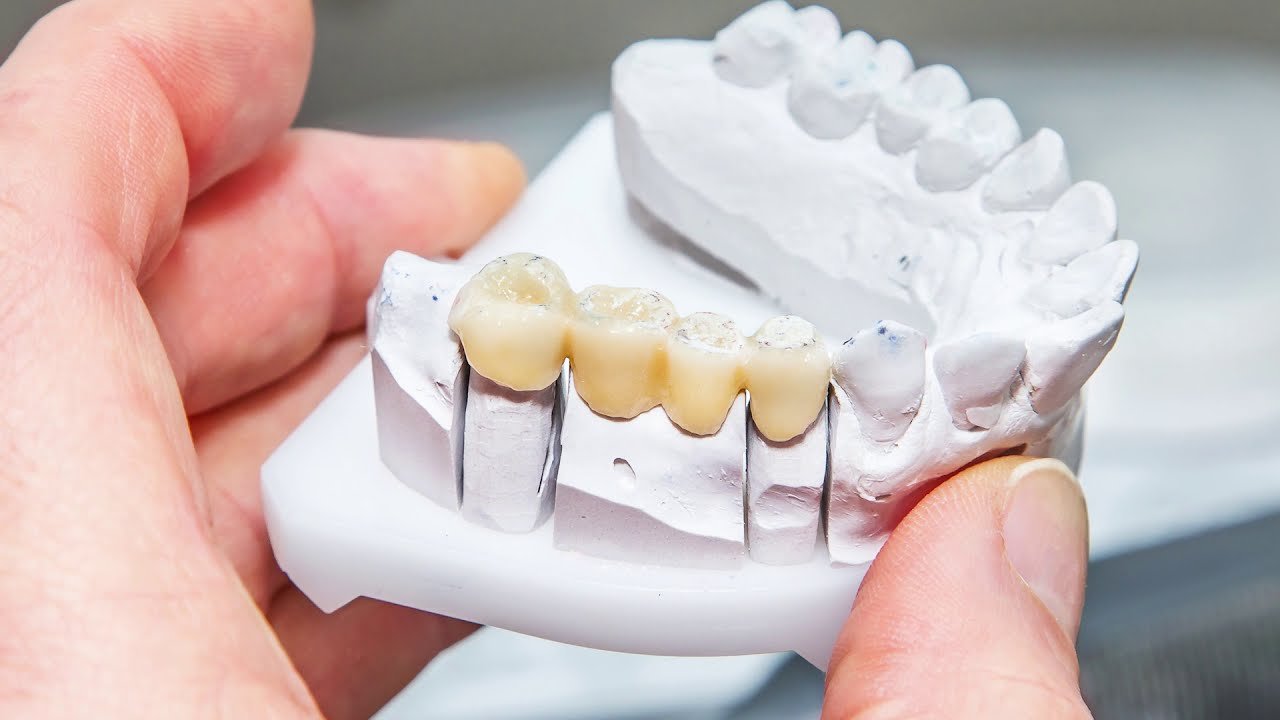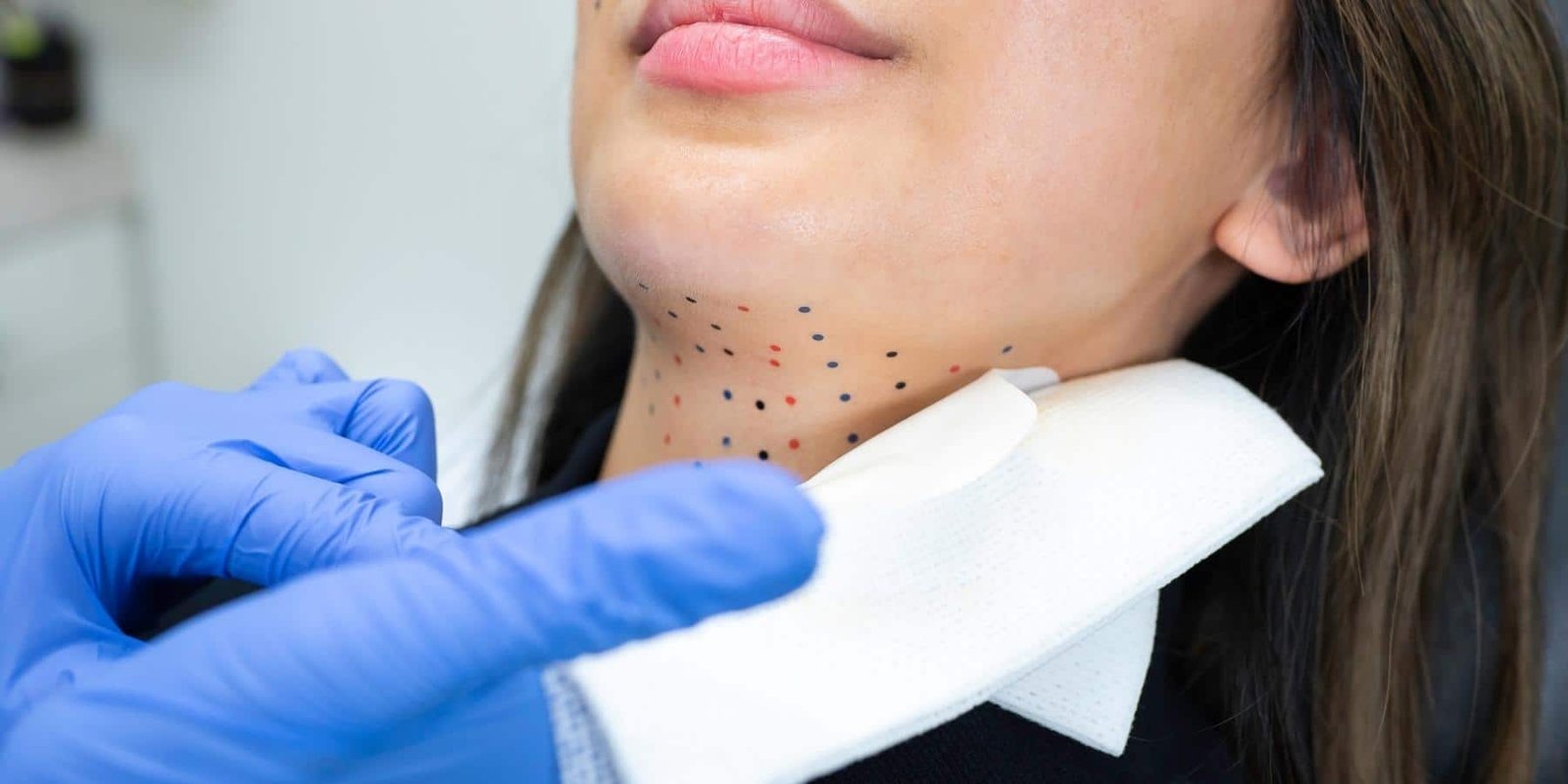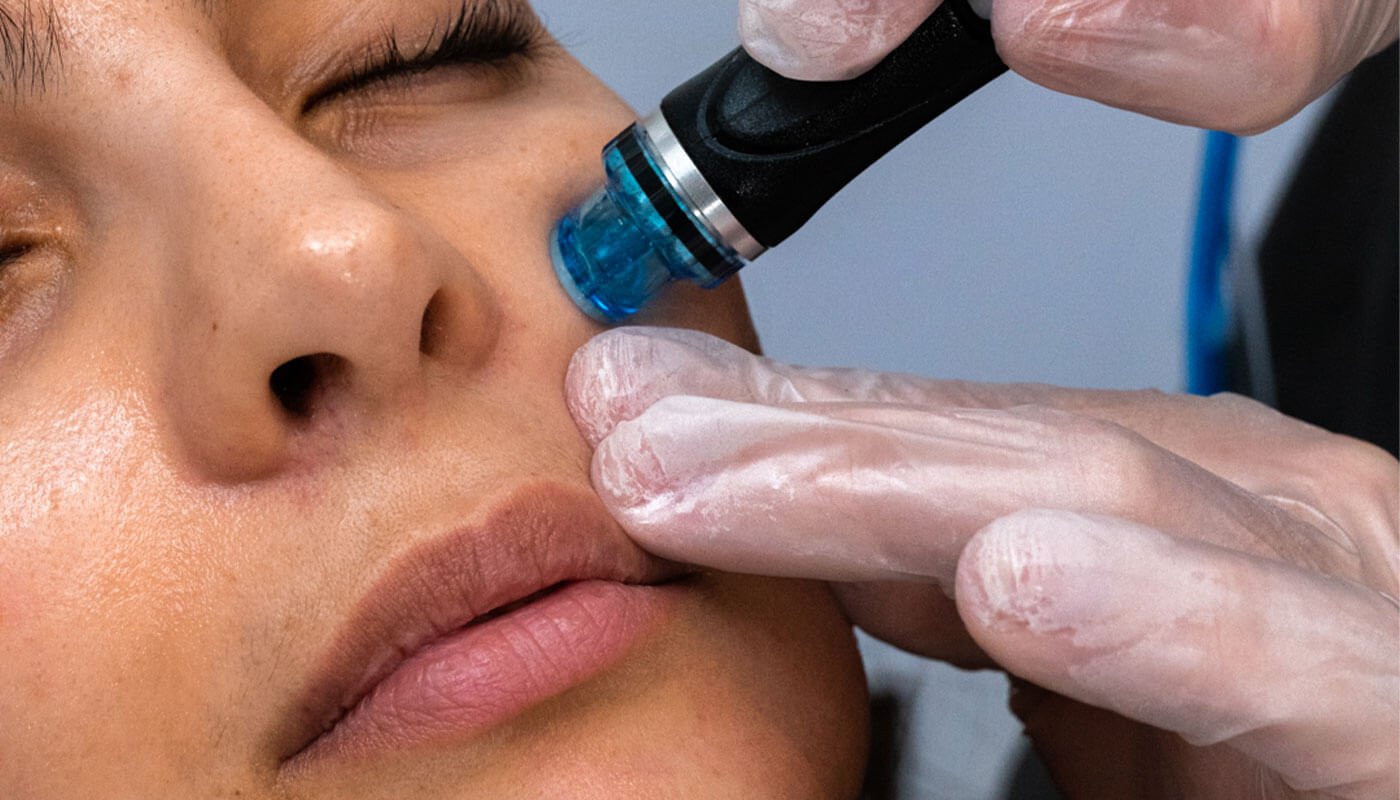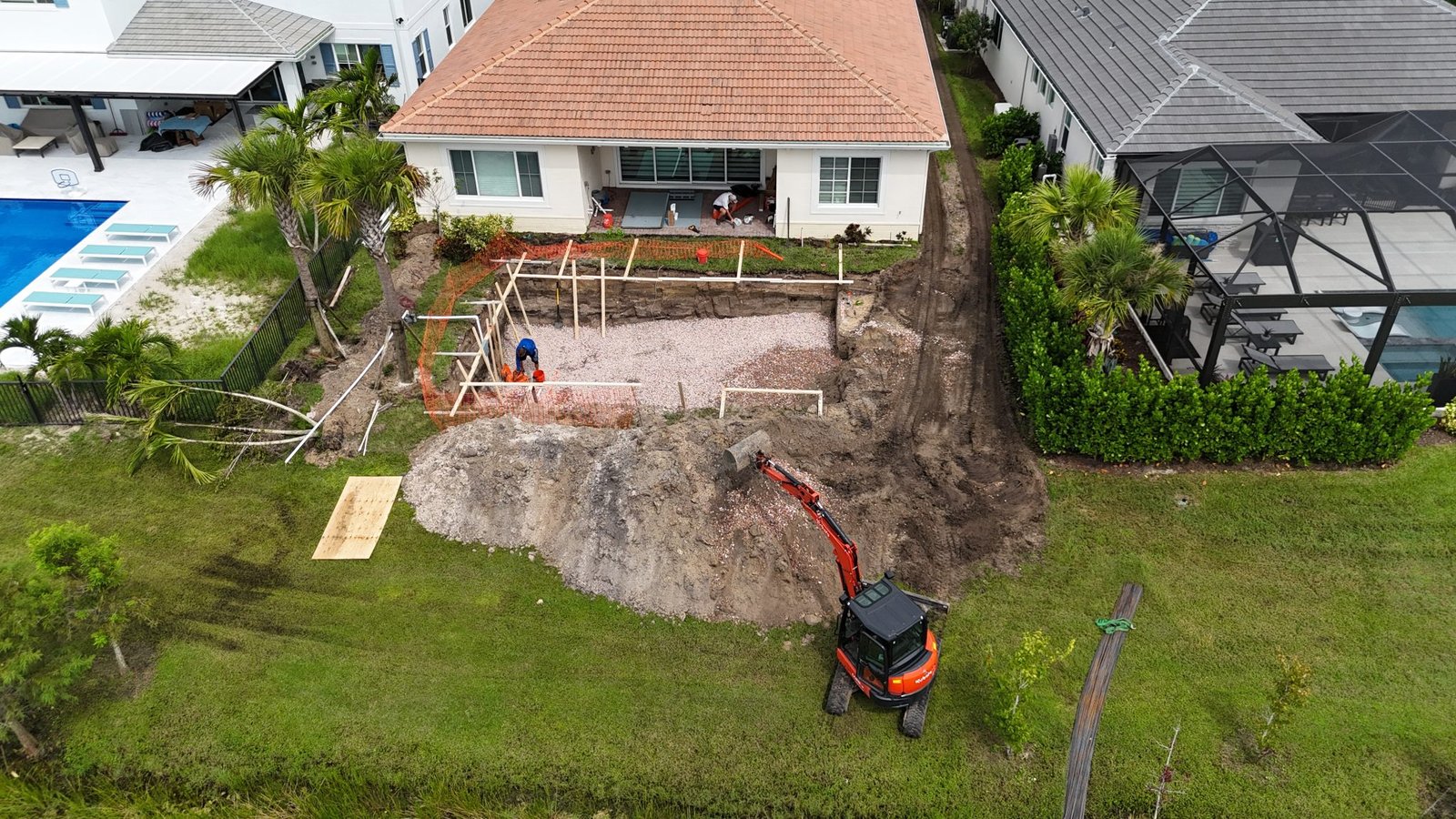The first week after dental implant surgery is crucial for healing. Patients typically experience mild swelling, bruising, and discomfort around the surgical site. The body starts forming a protective blood clot, and the gum tissue begins to heal. Soft foods and proper oral hygiene, such as gentle rinsing with warm salt water, are recommended. Following post-operative care instructions helps reduce inflammation and prevent infection.
Gum Tissue Healing and Reduced Swelling:
By the second week of Dental Implants in Dubai (زراعة الأسنان في دبي), swelling and bruising start to subside, and the gum tissue continues to heal. Some patients may notice mild tenderness, but discomfort generally decreases. The sutures, if non-dissolvable, may be removed at this stage. Maintaining a good oral hygiene routine without disturbing the implant site is essential for preventing complications.
Early Bone Integration Begins:
During the third and fourth weeks, the implant post starts bonding with the jawbone through a process called osseointegration. While the external gum tissue appears healed, the internal healing continues. Patients should still avoid hard foods that could disrupt the implant. Regular check-ups help ensure the implant is integrating correctly.
Strengthening of the Implant Support:
As osseointegration progresses, the implant post becomes more stable within the jawbone. By this stage, patients often feel little to no discomfort. The gum tissue has fully healed around the implant, and daily activities like chewing and speaking feel more natural. Following a balanced diet and maintaining oral hygiene contribute to a successful healing process.
Near Completion of Osseointegration:
By the seventh and eighth weeks, the implant post is nearly fused with the bone, providing a strong foundation for the final restoration. Some individuals may be ready for the next phase, which involves placing an abutment and taking impressions for the permanent crown. However, full healing can still vary depending on individual factors such as bone density and overall health.
Full Osseointegration and Final Restoration:
The complete healing process typically takes three to six months. Once osseointegration is fully achieved, the implant is strong enough to support a custom-made dental crown. The final step includes fitting and securing the permanent restoration, ensuring both functionality and aesthetics. Proper care, including regular brushing, flossing, and dental check-ups, helps maintain long-term implant success.
Long-Term Care: Ensuring Implant Longevity
After the healing phase, maintaining good oral hygiene and attending routine dental visits are crucial for the longevity of the implant. Avoiding habits like smoking and excessive teeth grinding helps preserve both the implant and surrounding bone structure. With proper care, dental implants can last a lifetime, providing a stable and natural-looking tooth replacement.
Potential Challenges During Healing:
While most patients heal smoothly, some may experience minor setbacks such as prolonged swelling, slight discomfort, or gum sensitivity. In rare cases, complications like infection, gum recession, or slow osseointegration can occur. Maintaining excellent oral hygiene and following post-operative guidelines help reduce these risks. If any unusual symptoms like persistent pain or implant mobility arise, immediate professional evaluation is recommended.
Daily Care Tips for a Strong Implant:
Good oral hygiene is key to long-term implant success. Brushing twice daily with a soft-bristled toothbrush, using non-abrasive toothpaste, and flossing around the implant help prevent plaque buildup. An antimicrobial mouthwash can further support gum health. Avoiding excessive force while chewing and staying hydrated also contribute to better healing and implant stability.
The Role of Diet in Implant Health:
During the healing phase, soft foods like yogurt, mashed vegetables, and smoothies are ideal to prevent pressure on the implant. As osseointegration progresses, patients can gradually reintroduce firmer foods. A balanced diet rich in calcium, vitamin D, and protein strengthens bone structure, supporting long-term implant durability. Avoiding sticky or excessively hard foods helps maintain implant integrity.
Regular Dental Visits for Monitoring:
Routine dental check-ups every six months allow for early detection of any potential issues. During these visits, professional cleanings help maintain gum and bone health around the implant. X-rays may be taken periodically to ensure the implant remains secure and the surrounding bone remains healthy. Consistent monitoring ensures long-term implant success.
Lifestyle Adjustments for Implant Longevity:
Certain lifestyle habits can impact the lifespan of a Dental Implants in Dubai (زراعة الأسنان). Smoking, for instance, slows healing and increases the risk of implant failure. Teeth grinding (bruxism) can exert excessive pressure on the implant, potentially affecting stability. Wearing a nightguard, if necessary, and avoiding excessive alcohol consumption also promote optimal healing and durability.
Dental Implants vs. Natural Teeth Maintenance:
Although implants are designed to function like natural teeth, they require slightly different care. Unlike natural teeth, implants are not susceptible to cavities, but the surrounding gums can still develop inflammation if not properly maintained. Regular cleaning around the implant and avoiding aggressive brushing help prevent gum recession and ensure a healthy implant lifespan.
Final Thoughts:
Dental implants provide a reliable and aesthetically pleasing solution for missing teeth. By following proper post-surgical care, maintaining good oral hygiene, and attending regular dental check-ups, patients can enjoy a long-lasting and functional smile. With the right care, implants can serve as a lifetime investment in oral health, improving both appearance and overall well-being.















Leave a Reply